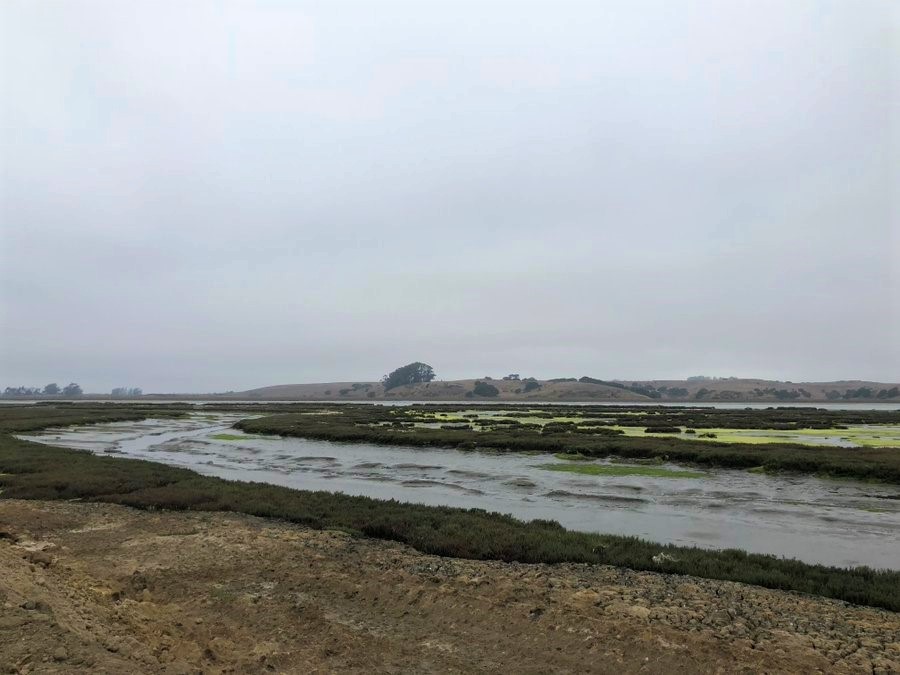Bipartisan Infrastructure Law summary: "Shall be for habitat restoration projects through the National Estuarine Research Reserve System (16 U.S.C. 1456c), including ecosystem conservation pursuant to section 12502 of the Omnibus Public Land Management Act of 2009 (16 U.S.C. 1456–1).”
The National Estuarine Research Reserve System is a network of 30 coastal sites in U.S. states and territories that are designated and managed to protect and study estuarine ecosystems. Each research reserve is chosen to represent a different biogeographic region and to include a variety of ecosystem types to inform and advance the science, education, and management approaches that can keep our coasts healthy.
The habitat conservation and restoration projects funded through National Estuarine Research Reserve grants will advance the climate and resilience priorities of the research reserve system and NOAA, as well as advance the Administration’s initiatives, including America the Beautiful and the New Blue Economy. This will result in an increase in the number of acres of coastal ecosystems protected and restored in priority reserve watersheds (including wetlands, corals, and natural shorelines). In turn, the restoration and conservation of these ecosystems will help decrease economic losses from the impacts of coastal hazards, including flooding and climate change, to property and infrastructure. These investments will enhance long-term protection of the reserves for research, education, and habitat protection, and strengthen the protection of key land and water areas. Lastly, these investments will complement and leverage the outcomes of other infrastructure provisions for habitat restoration.
The funding will also enable research reserves to deliver increased support for communities most vulnerable to climate impacts, including those which have historically been underserved and often lack access to resources, and advance the principles of diversity and inclusion.
Funding
$77M over 5 years
Announcements
- FY23 Notice of Funding Opportunity (June 13, 2023)
- National Estuarine Research Reserve System Habitat Protection and Restoration Grants (April 21, 2023) - NOAA is announcing $35 million for national estuarine research reserves, including $20.2 million for 13 projects and $14.8 million to support capacity building within the reserves.


